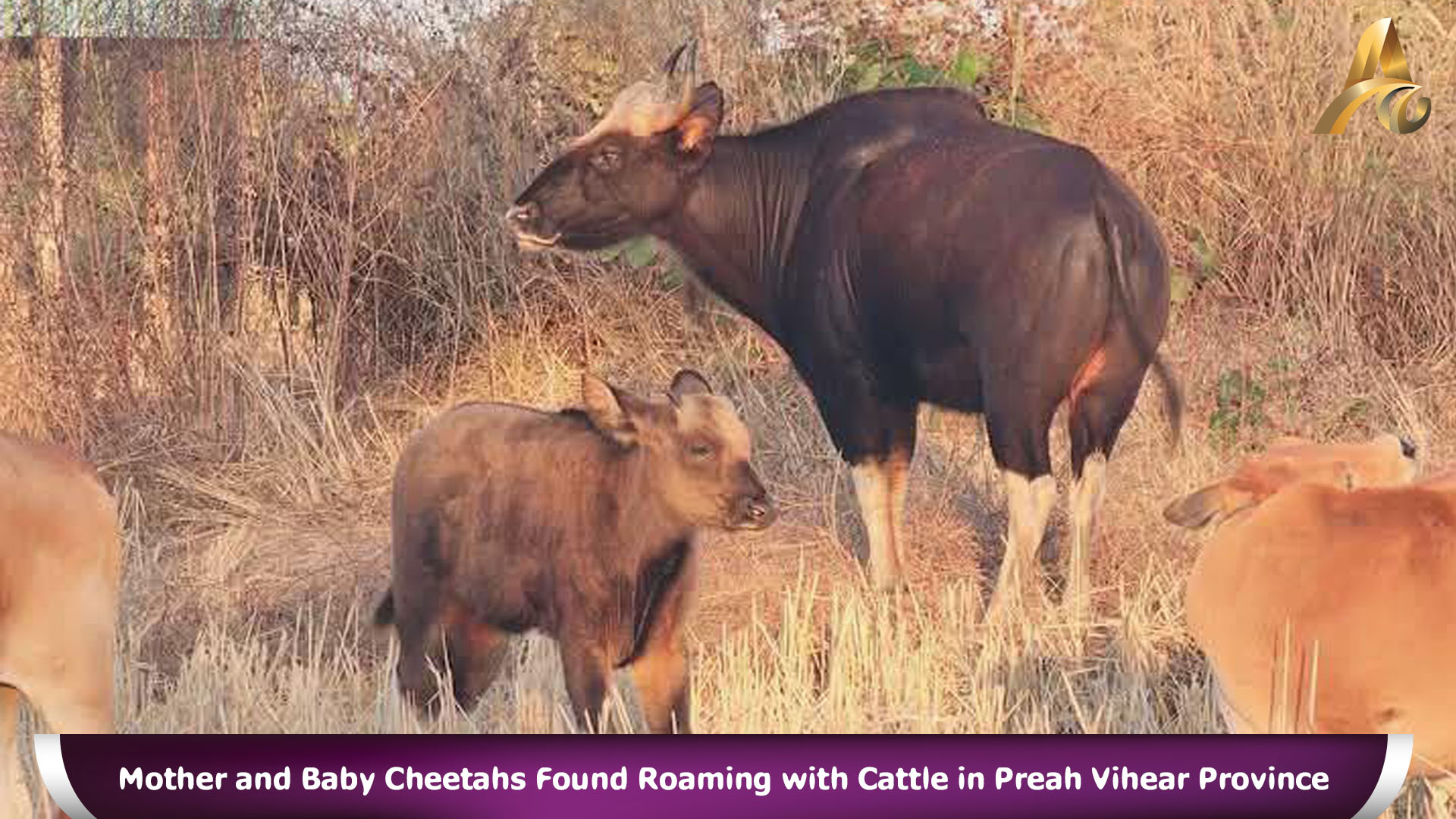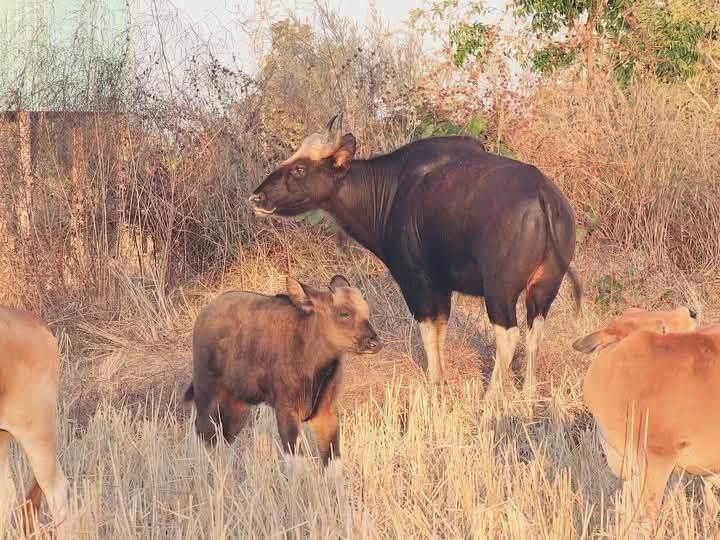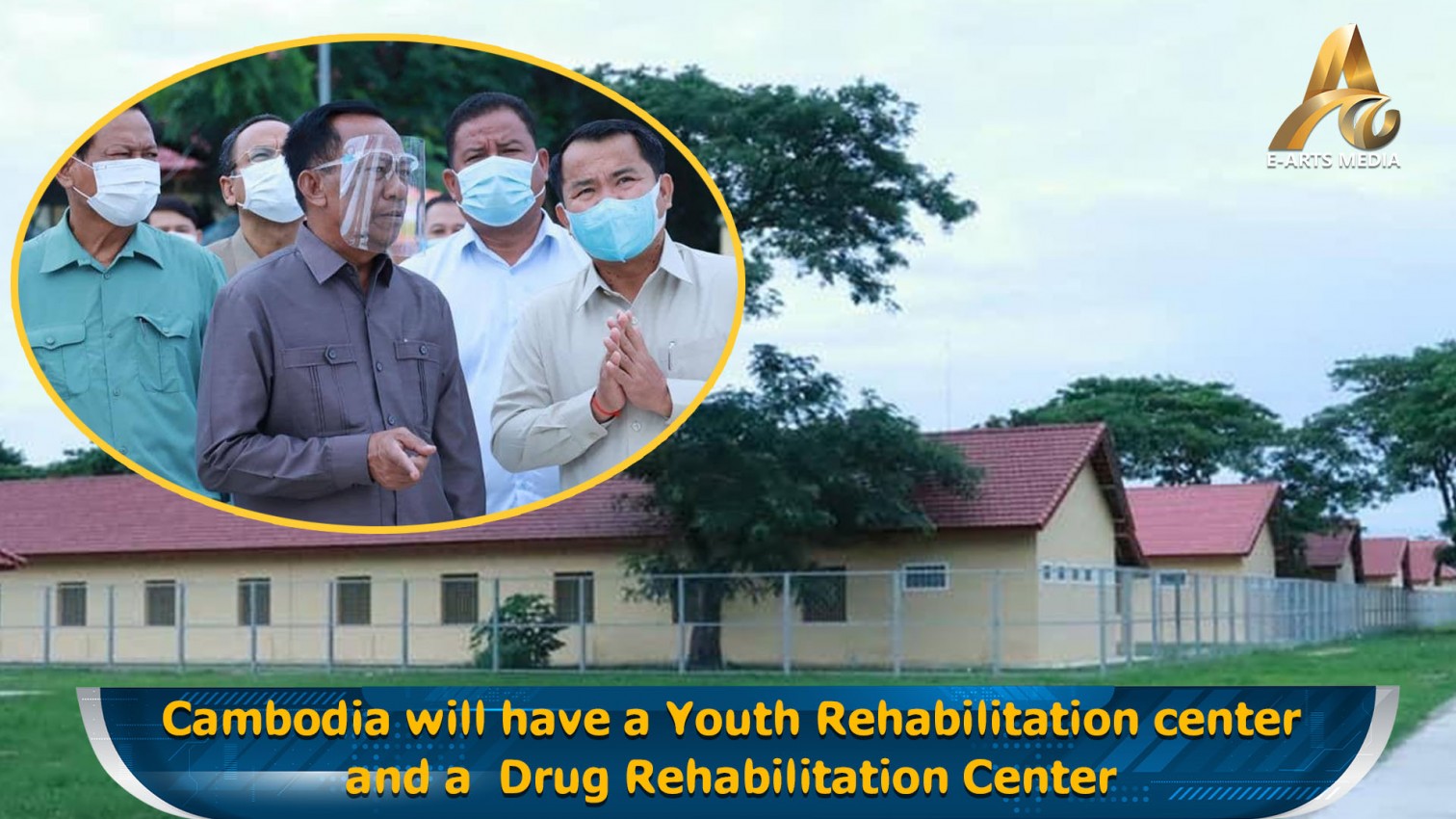
Mother and Baby Cheetahs Found Roaming with Cattle in Preah Vihear Province; Call to Action for Wildlife Conservation
Preah Vihear – Recent sightings of a mother cheetah and her cub have sparked hope for the conservation of this vulnerable species in the “Prey Lang” Wildlife Sanctuary in Preah Vihear province. The rare animals have been observed mingling with local cattle, searching for food in a safe environment.
Park rangers in the area reported that the cheetah duo, along with other cheetah herds, has been frequenting Sak Rolek village in Thmea commune, Chey Sen district. In 2024 alone, they have been spotted with the villagers' cattle approximately three to four times.
The rangers noted that the presence of these cheetahs near the community close to the Preah Vihear Wildlife Sanctuary underscores the importance of conservation efforts and human-wildlife coexistence.
Khwai Atthia, spokesperson for the Ministry of Environment, commended the collaborative efforts toward biodiversity conservation, acknowledging the role of various stakeholders in protecting natural resources, particularly in the Prey Lang Wildlife Sanctuary. He encouraged community participation in these conservation initiatives, emphasizing their significance not only for biodiversity but also for promoting eco-tourism and generating income for local communities.
“The protection of biodiversity is crucial for maintaining environmental balance in the region. It helps preserve wildlife in their natural habitats, leaving an invaluable legacy for future generations,” Mr. Atthia stated.
In addition to the cheetahs, he noted the importance of conserving other wildlife, such as the "khting," a lesser-known animal that inhabits various regions in Cambodia, including Koh Kong Province and the Cardamom Mountain Range.
The khting is characterized by its large, black body, thick build, and a shorter neck. Depending on gender, females are smaller with less pronounced features than males, who possess prominent tusks and a more robust physique. Both genders show varying colors and body sizes, with males weighing between 500-1,000 kilograms and standing 1.85-2 meters tall, while females typically weigh less and reach heights around 1.60 meters.
Elephants, including the khting, prefer dense forests, scrublands, and grasslands within their habitats. They primarily feed on young leaves, grass, and ferns, and tend to forage during the early morning and evening hours. Social animals, elephants live in herds, with females giving birth to a single calf after a nine-month gestation period. Initially, the calves are brown, changing to black after four to five months.
As conservation efforts continue, local leaders and environmental advocates urge the public to unite in protecting crucial wildlife habitats for the preservation of Cambodia’s unique biodiversity.























